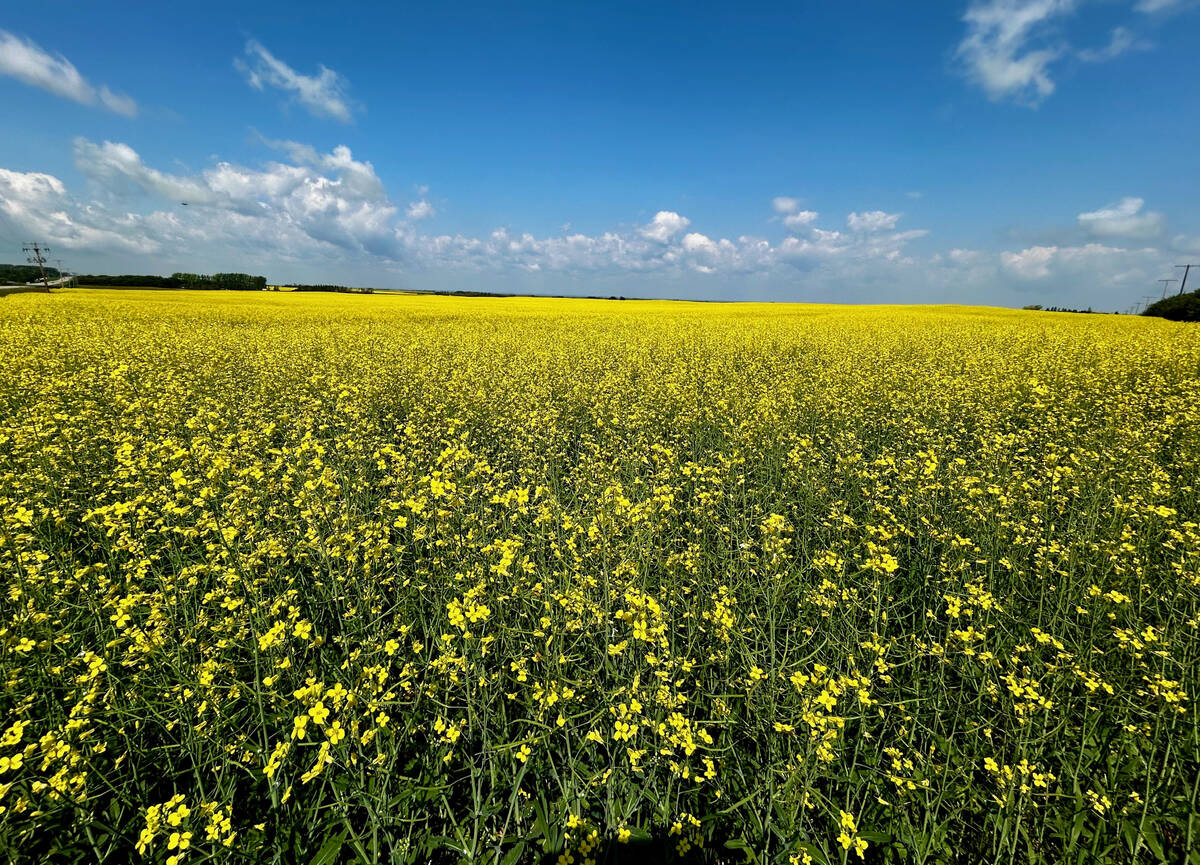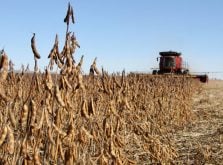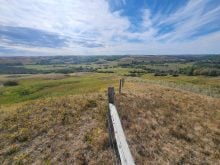Allan Bordeleau has not one shred of straw for bedding the 950 cows he
will overwinter at Drayton Valley, Alta., this year.
Is he worried?
Not at all.
Bordeleau, general manager for Huegler Ranches Ltd., challenges the
notion that cows need straw to come through the winter in good shape.
He’s confident cows can be overwintered without straw bedding and
without barns or loose housing, provided the animals are properly
managed before and during the winter.
Read Also

Pakistan reopens its doors to Canadian canola
Pakistan reopens its doors to Canadian canola after a three-year hiatus.
He’s been using that approach for seven years and while he can’t give
exact numbers, he knows the ranch is saving itself a bundle by not
buying straw and not having to haul manure out of loose housing and
corrals in the spring.
“I’ve been extremely satisfied,” he said. “It’s actually worked better
than I thought it would.”
The ranch began to shift away from straw bedding because of financial
stress several years ago. Changes were needed, and one of the questions
was how to lower input expenses.
Straw was a big part of the ranch’s wintering costs. Every three days,
ranch workers spent about four hours bedding cows. Fifteen straw bales
were used each time, which quickly added up over the winter.
Ranch managers decided this was a place to save money, opting instead
to take advantage of the ranch’s natural terrain.
The cattle were allowed to roam on stubble fields, but were given
access to areas with trees and shrubs for shelter on cold and windy
days. Straw bedding was not used.
“I did not expect to lose cattle,” said Bordeleau. “Nobody was going to
die of hypothermia. That I knew.”
The experience that first winter convinced him that he was onto
something. Out of 750 cows, only four had to be culled due to frozen
udders.
Bordeleau said those cows’ udder structures were poor to begin with,
because when they laid down, their udders stuck out between their legs,
making them vulnerable to freezing.
The herd has since increased to 950 cows and in the past five years no
cows have been culled for failing to withstand the ranch’s
overwintering system.
In fact, the replacement heifers are now overwintered in the same way.
Only the herd sires are penned and provided with bedding.
However, there are some things to keep in mind when abandoning straw.
Cows’ conditioning is most important.
Bordeleau wants his cows to go into the winter with a body condition
score of 3.5, which means the cow is fleshy but not overly fat.
He would not consider forgoing straw if he had thin cows with body
condition scores around two. The energy requirements for those animals
to stay warm would be greater, which would push up feed costs.
As well, calving at Huegler Ranches begins in mid-April, not in January
or February, when bedding for the calves would be advisable.
Bordeleau also estimates his winter feeding costs are 10 percent higher
than they would be if he were using straw bedding packs.
He said a properly prepared pack generates heat from the straw and
manure breakdown. It’s a bit like having a hot water bottle tucked
underneath a layer of straw.
Without that heat, the cows have to rely more on energy from their feed
to stay warm.
But Bordeleau said the increased feed costs at Huegler Ranches were
still modest compared to the money saved on straw.
An added benefit is that the cows come through the winter with cleaner
hair. Without matted straw and manure, the cows have better coats to
insulate them from the cold.
The cattle at Huegler Ranches are fed total mixed rations, or TMRs. On
the coldest days, the grain portion of the ration is increased to
deliver more energy. On those days, the TMRs will also be fed closer to
where the cattle can find shelter in the trees.
The cattle are fed at different locations on the fields to spread
manure evenly.
One of the challenges for Huegler Ranches is maintaining the trees.
Much of the shelter comes from an area with muskeg, where tamarack and
spruce trees grow. There is also an area with willow bluffs.
Bordeleau said it’s hard for the trees to generate new growth in areas
where the cows go for winter shelter, because new seedlings are
damaged. He worries that within 25 years a lot of the existing shelter
will be lost if new growth isn’t established.
During the winter, the cows are given access to only about five acres
of tree and brush cover at a time. In an effort to encourage new tree
growth, the ranch avoids using the same treed area more than once every
five years.
Grant Lastiwka, an Alberta Agriculture pasture specialist, said
producers this year will need to look more closely at how they are
managing their straw and hay because of high costs and limited supplies.
Round balers and bale shredders made it easy to bed cattle in the past
couple of decades, but that also made it easy for producers to add to
their overhead costs of wintering cattle.
“The cost of it is kind of lost in the fact that you can do it,” he
said.
“Some of it is just habit, but habit cannot be achieved this year,
because habit is going to be extremely costly.”
Lastiwka said Alberta ranchers who don’t use straw bedding are
reluctant to speak about it publicly because of how they might be
viewed. There’s a risk they might be seen as abusing their animals, and
other ranchers might view it as a poor man’s method of management.
“People don’t want to be branded with that,” Lastiwka said.
Still, it’s a strategy that can work, provided people understand cattle
needs. Understanding body condition score is an important factor.
Having trees or portable windbreaks can also be important, since those
shelters mitigate the effects of windy, cold days.
“Wintering in the bush offers advantages, as long as adequate rest is
given to the bushes to recover,” Lastiwka said.














